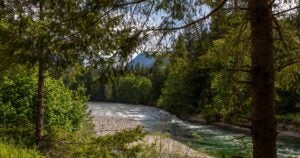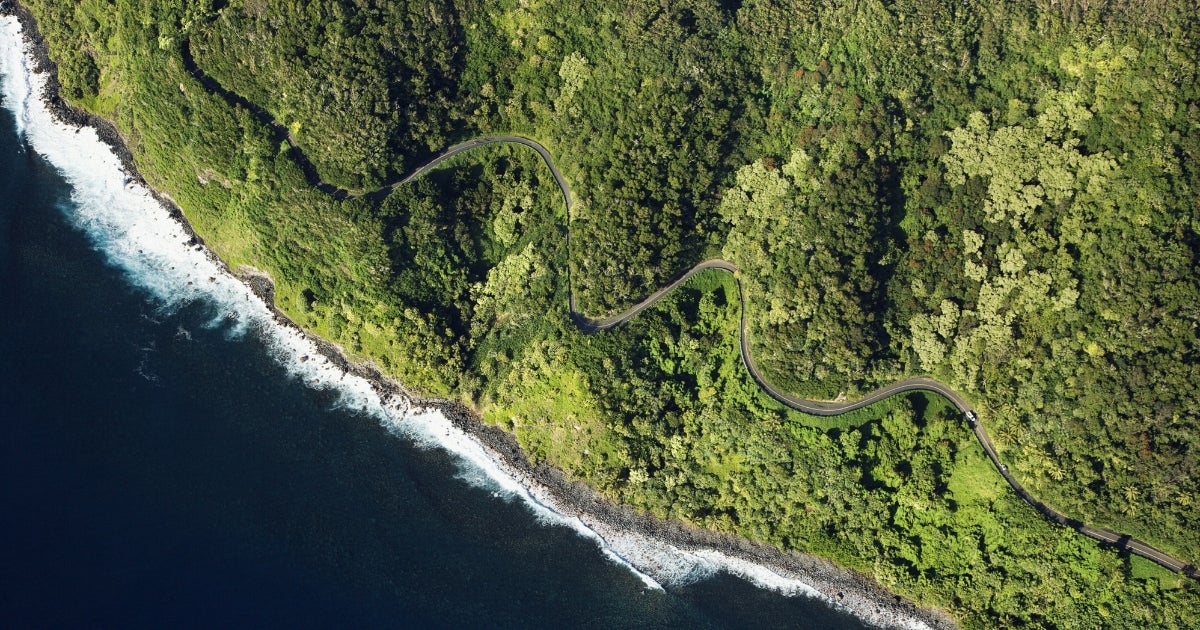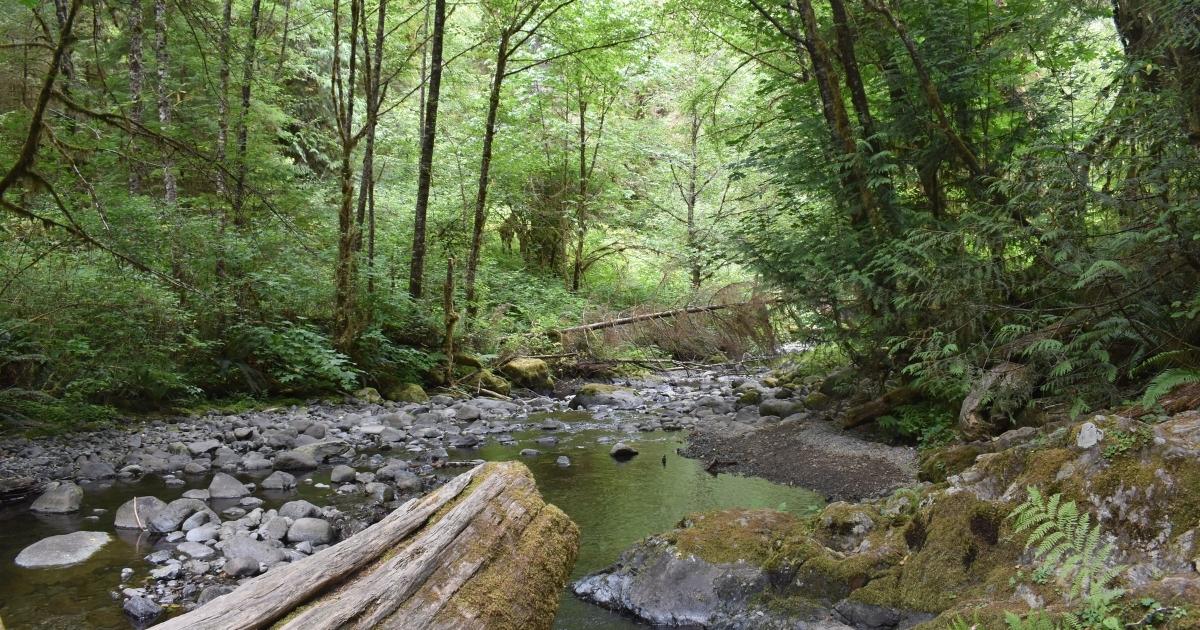
Washington state’s carbon market continues to raise major investments, as state leaders consider linking to California-Quebec market
Results were released today for Washington’s third quarterly cap-and-invest auction, which was held on August 30th. The results from this sold-out auction continue to demonstrate strong demand for allowances in this program, which has brought in significant revenue for the state of Washington to reinvest in its communities. These results follow on two previous sold-out quarterly auctions, as well as an auction from the Allowance Price Containment Reserve last month which raised an additional $62,491,660 while functioning as a market stabilizing feature. In total, these auctions have generated $919,564,777 for Washington communities.
August auction results
At the auction, administered by the Department of Ecology (Ecology), participating facilities submitted their bids for allowances. Washington’s major emitters are required to hold one allowance for every ton of greenhouse gas that they emit — with the total number of allowances available declining each year, requiring Washington’s businesses to reduce their climate pollution in line with the state’s climate targets. Here are the results, released today:
- All 8,585,000 current vintage allowances offered for sale were purchased, resulting in the 3rd consecutive sold out quarterly auction.
- The current auction settled at $63.03, $40.83 above the floor price of $22.20. At this price level, the August auction triggered the Allowance Price Containment Reserve (APCR) which sets in motion a price stabilization and containment mechanism designed into the cap-and-invest program. Read on below for further analysis of this feature!
- This auction is projected to generate $356,601,743 in revenue, which will be invested into communities in Washington to build climate resilience, improve air quality and create jobs. This funding is especially critical as Washington grapples with the ongoing impacts of the climate crisis, including the devastating wildfires that burned through thousands of acres in the state last month. A report from Ecology confirming the amount of revenue raised in this auction will be published on September 27th.
What these results mean
Today’s settlement price is the result of very strong demand for allowances among covered entities in Washington. This was the second consecutive auction in Washington in which the Allowance Price Containment Reserve (APCR) was triggered, meaning prices reached above the trigger price of $51.90. As a result, the Department of Ecology will hold another APCR auction in November with more details to be released by the department later this week. At this next APCR auction, just like the one held in early August, a number of additional allowances set aside specifically for this purpose will be auctioned off to a smaller pool of bidders. These additional allowances were budgeted out ahead of time when the cap-and-invest program was designed, and are still part of the overall allowance budget set by Ecology to keep the state on track to meet its climate targets. By making these additional allowances available at a transparent, predictable, predetermined price point, the APCR helps to stabilize allowance prices in the program — which is exactly why this feature was designed into the program from the beginning. Ecology has already announced that the November APCR auction will have 5 million allowances available, all of which will be offered at the lowest available Tier 1 price of $51.90.
What could be driving such strong demand? In this first year of the program, covered entities are in the early stages of planning and implementing strategies to cut climate pollution — because for the first time, they are required to either reduce their emissions or acquire sufficient allowances from an allowance supply that declines over time in line with Washington’s climate targets. In these early auctions, risk-averse businesses are eager to out-bid each other and acquire allowances sooner rather than later. As businesses reduce their emissions, they will need fewer allowances to cover their pollution, driving down demand for allowances overall and keeping the prices lower. We can also expect lower prices as Washington makes progress in spending revenue from the cap-and-invest program on projects that cut emissions, which will further reduce demand for allowances from across the economy.
A critical tool for bringing prices down while keeping up environmental ambition: program linkage
One important strategy for Washington to continue securing cost-effective pollution reductions is program linkage with the joint California-Quebec carbon market, known as the Western Climate Initiative (WCI). The Department of Ecology in Washington is currently considering whether or not to pursue linkage with the WCI, with a decision expected in October. Many organizations and individuals submitted comments in support of linkage, including EDF.
Linking markets would bring about significant advantages for all participating markets, including bringing down and stabilizing the prices of allowances for covered polluters and business in Washington. In a linked market, the common carbon price across linked systems broadens allowance trading partnerships and reduces price fluctuations, leading to a more stable, more cost-effective system with a bigger pool of emission reduction opportunities. This means more savings are available across the board. As we saw when Quebec and California linked their markets, linkage was able to deliver more regional emission reductions at lower costs than either jurisdiction would have achieved alone. Washington’s Department of Ecology published economic modeling on the expected impacts of linkage, which indicated that linkage with the WCI could cause a significant drop in the prices of allowances in a new system like Washington’s. In the most recent California-Quebec allowance auction, held in August, the current allowance settlement price topped out at $35.20. In a linked market, we could expect Washington’s prices to trend closer to a shared price point while also enabling deeper cuts in climate pollution.
While the WCI and the Washington market are critical programs for reducing emissions in-state, which reduces their contributions to climate change and improves local air quality, neither state acting alone can produce the urgent emissions cuts needed to address the climate crisis. These programs need the shared momentum of joining forces, both to enable further cuts in their own jurisdictions and to further enable other similar programs elsewhere. New York’s emerging cap-and-invest program could be another potential partner in the pursuit of a larger, more efficient linked program, with each jurisdiction standing to benefit from working together.
What’s next
With just three quarterly auctions completed, this program is still in its early days but continues to demonstrate the key features designed into the system to ensure stability and longevity. We will learn more about the trajectory of the market as trends in auction results develop over time — especially as the entities regulated by this program start to face their compliance deadlines and make progress in implementing pollution reduction strategies. In the meantime, the next milestone to look forward to will be the second APCR auction, which is currently scheduled for November 8th. The next regularly scheduled auction will follow on December 6th, with results released on December 13th.
Washington will also be eagerly awaiting Ecology’s determination on whether to move forward with linkage negotiations with California and Quebec, which is expected in October. For more in-depth analysis on Washington’s auctions, stay tuned to this blog series for quarterly auction updates from EDF.













One Comment
What are the key factors driving major investments in Washington State’s carbon market, and how do they align with the state’s environmental goals?